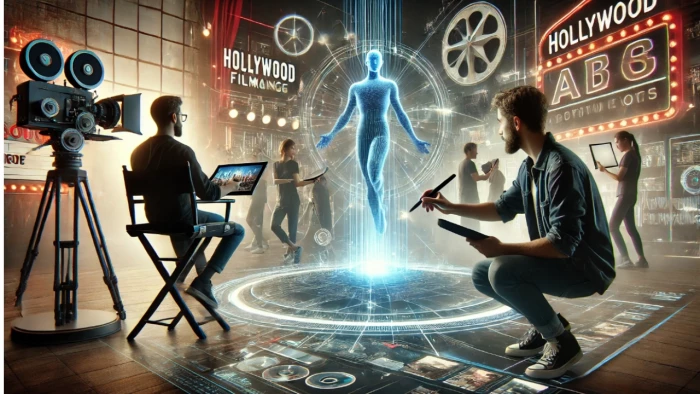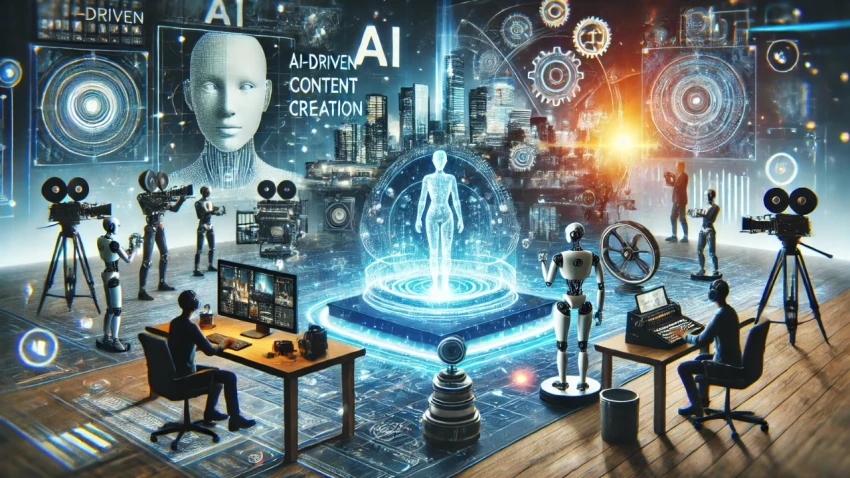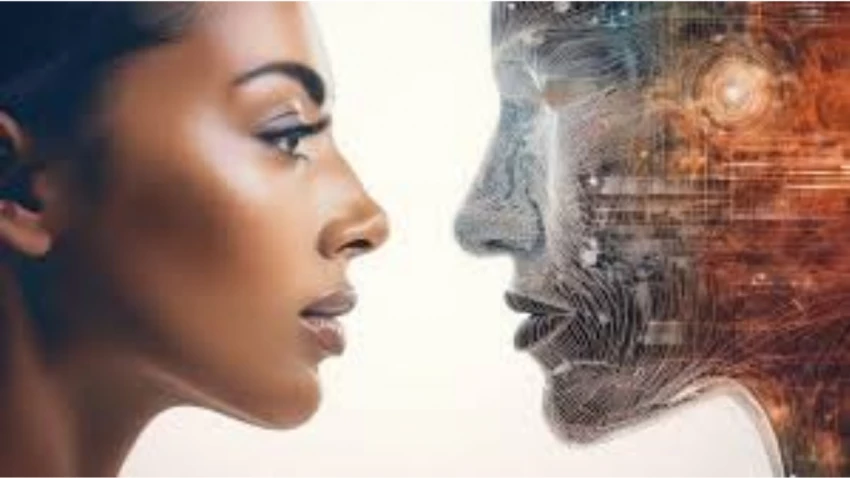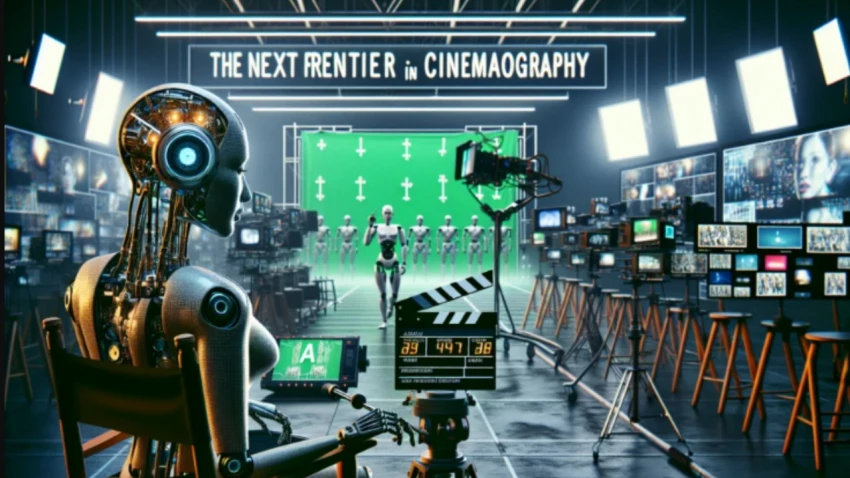

Artificial intelligence is no longer a backstage assistant in filmmaking; it’s stepping into the director’s chair. In 2025, generative AI models are transforming how films, advertisements, and even personal videos are created. What used to require massive crews, million-dollar budgets, and months of production can now be achieved in days, sometimes even hours, thanks to advances in AI video generation.
The leap from text-to-image tools like DALL·E and MidJourney to full-scale video generation happened faster than expected. By 2023, companies like Runway, Pika Labs, and OpenAI were already experimenting with text-to-video systems. Fast forward to 2025, and these technologies now support:
The result? Anyone with a laptop and an internet connection can create visually stunning films without Hollywood-level resources.

Traditionally, filmmaking required access to expensive equipment, trained actors, and skilled editors. Now, AI tools are lowering those barriers. Indie creators can produce high-quality films on a fraction of the budget. For YouTubers, marketers, and educators, this means content creation is faster, cheaper, and more scalable.
But does democratization mean the end of traditional filmmaking? Not necessarily. Instead, AI expands the creative toolkit. Directors can storyboard ideas instantly, test multiple versions of a scene, or even use AI to visualize scripts before production.
One of the most debated aspects is AI-generated actors. Why hire a cast when you can generate hyper-realistic characters on demand? AI can mimic celebrity voices, expressions, and mannerisms with stunning accuracy. This raises big questions:
In 2025, we’re already seeing studios experiment with hybrid approaches, using AI to de-age actors, recreate historical figures, or supplement extras in large crowd scenes.

AI can generate scenes in seconds, but does speed come at the cost of originality? Many filmmakers worry that reliance on AI could lead to a homogenized aesthetic, where videos start to look and feel the same. Think of how stock photos often lack personality; AI risks doing the same for video.
On the other hand, creators can push AI beyond its defaults. By combining AI generation with human direction, we get a fusion of machine efficiency and human creativity. The best results happen when filmmakers treat AI as a collaborator, not a replacement.
Generative AI isn’t just about making films; it’s about making films for you. Brands already use AI video tools to generate personalized ads tailored to individual viewers. Imagine watching a car commercial where the cityscape matches your hometown or a movie trailer where the hero shares your name.
This personalization raises both excitement and ethical concerns. Will hyper-targeted storytelling improve engagement, or will it feel invasive? As with social media algorithms, balance is key.
AI-generated video sits in a legal gray zone. Who owns the rights to an AI-generated film - the creator, the AI developer, or both? Can you legally generate an AI version of a deceased celebrity for a commercial? And what about deepfakes? How do we separate art from manipulation?
In response, governments are drafting new regulations around synthetic media. Watermarking, transparency disclosures, and licensing frameworks are becoming standard. Filmmakers in 2025 must navigate these rules as carefully as they navigate storylines.
Looking ahead, the next wave of innovation may focus on:
The future of filmmaking is not AI versus humans, it’s AI with humans. Just as CGI didn’t kill practical effects but expanded what was possible, AI video creation is reshaping, not replacing, the art of storytelling.

Filmmaking in 2025 is no longer reserved for studios with blockbuster budgets. With generative AI, anyone can create, edit, and distribute films at an unprecedented scale. But with this power comes responsibility, to protect authenticity, respect ethics, and ensure creativity doesn’t get lost in automation.
The big question is: will AI make us more passive consumers of endless auto-generated content, or will it empower a new generation of storytellers to share voices the world has never heard before?
Be the first to post comment!